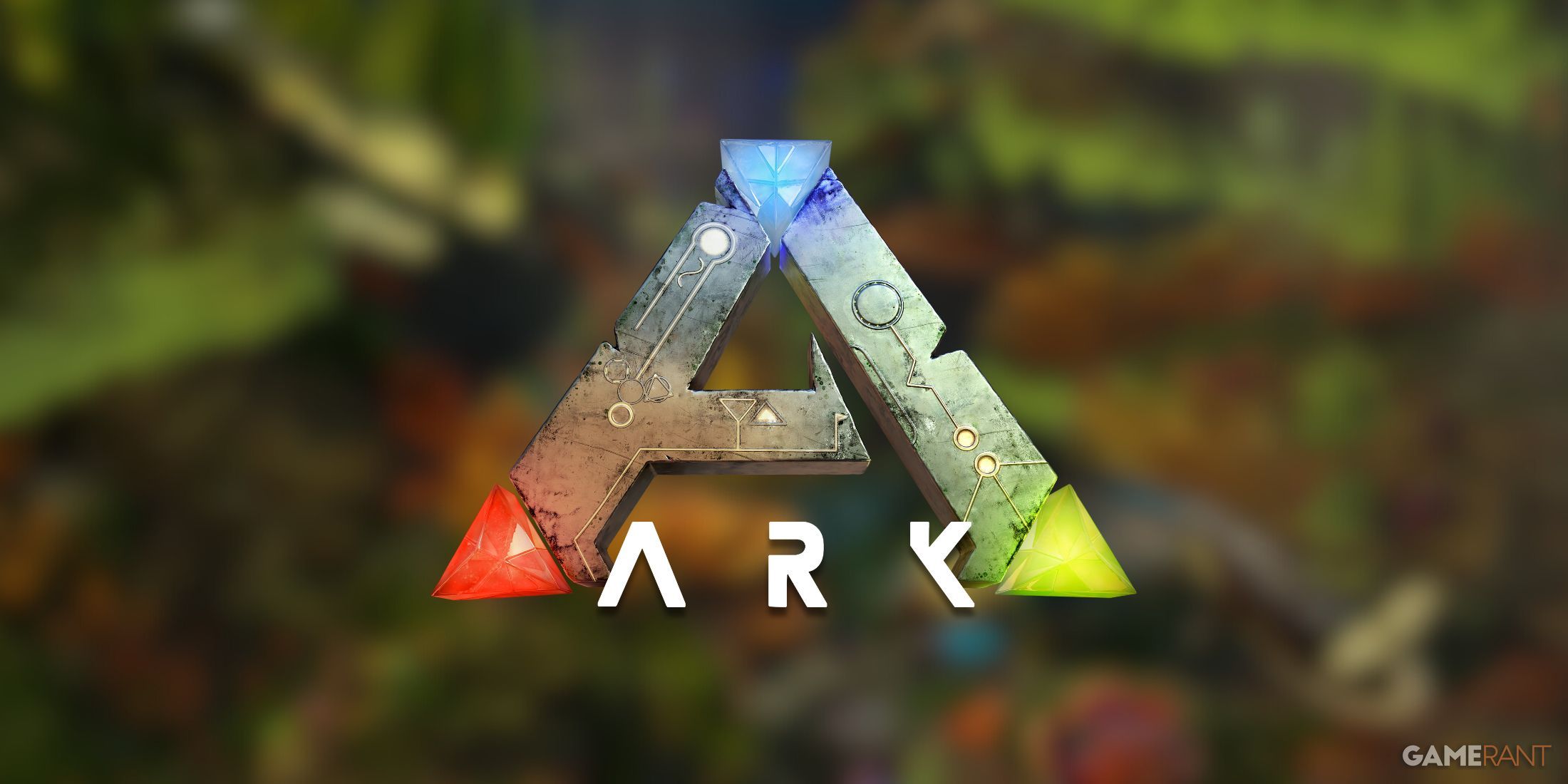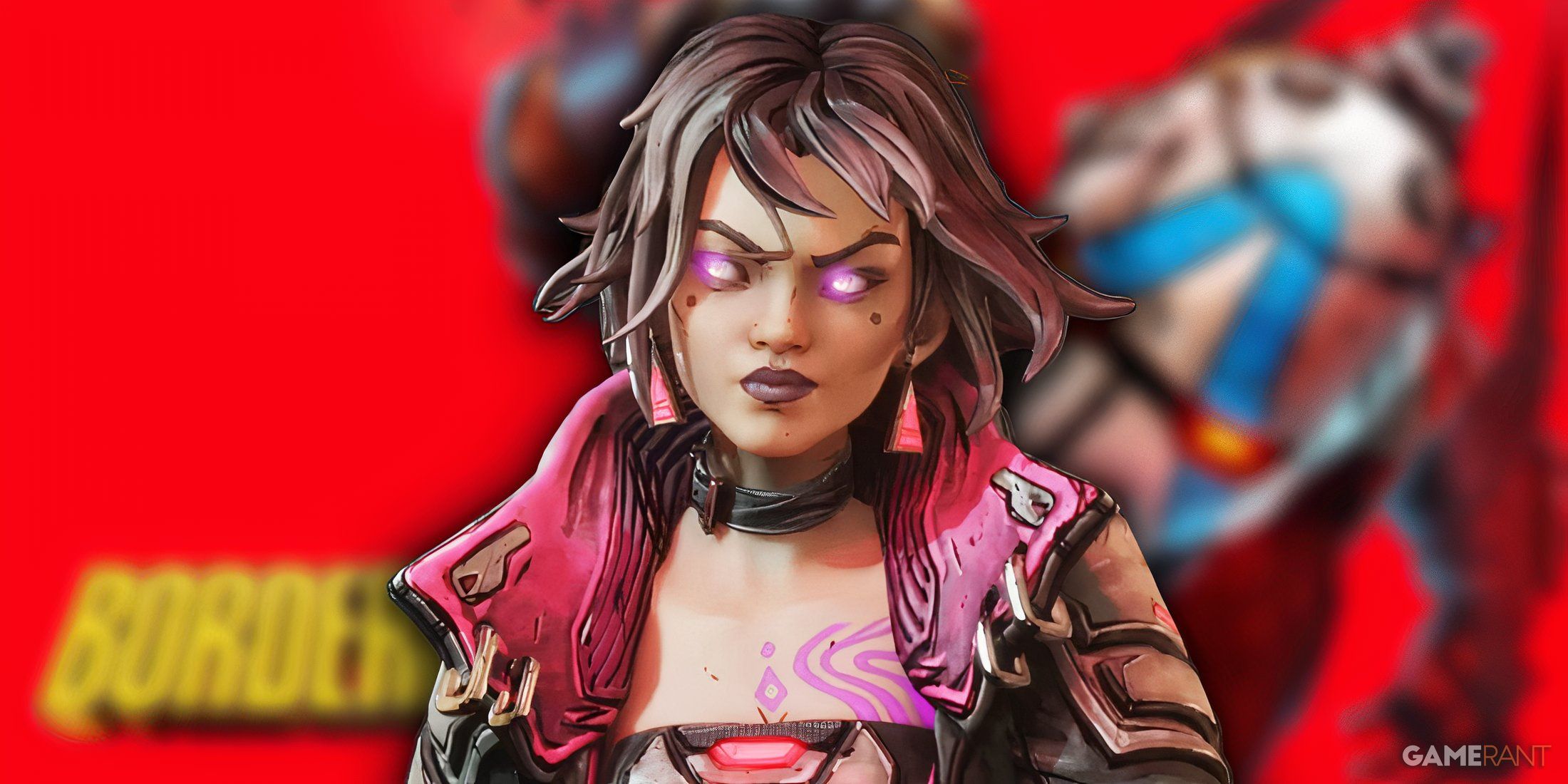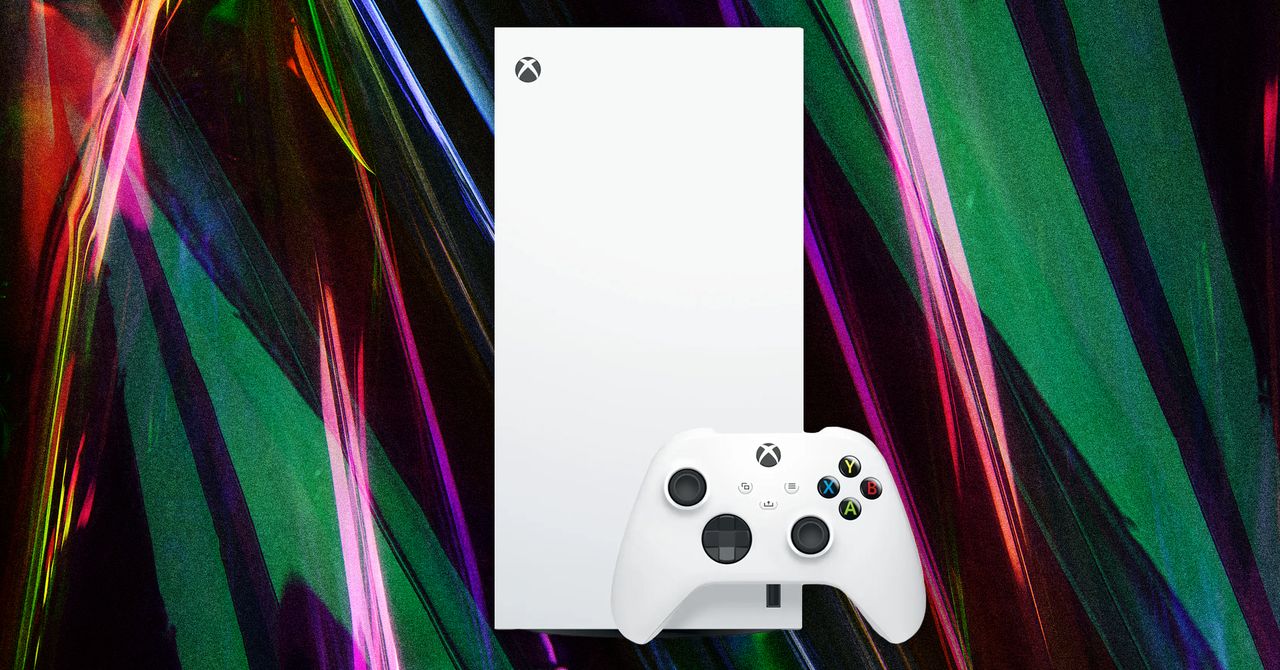
Earlier this year, Microsoft Gaming CEO Phil Spencer outlined his vision of “a future where every screen is an Xbox.” This idea relies heavily on Xbox Cloud Gaming, which lets you stream games to a phone, tablet, TV screen, VR headset, or laptop, with all the heavy computing handled by Microsoft's cloud computers. Yet this month, Microsoft released a mild refresh of its Xbox consoles. Is there a place for them in Microsoft’s vision?
That’s what I wanted to find out while testing the newest Xbox Series X. In the ideal world, playing on a console wouldn’t be any different from playing in the cloud. But this is what separates “every screen is an Xbox” from “some screens are kind of an Xbox, sometimes.” So, let’s start there.
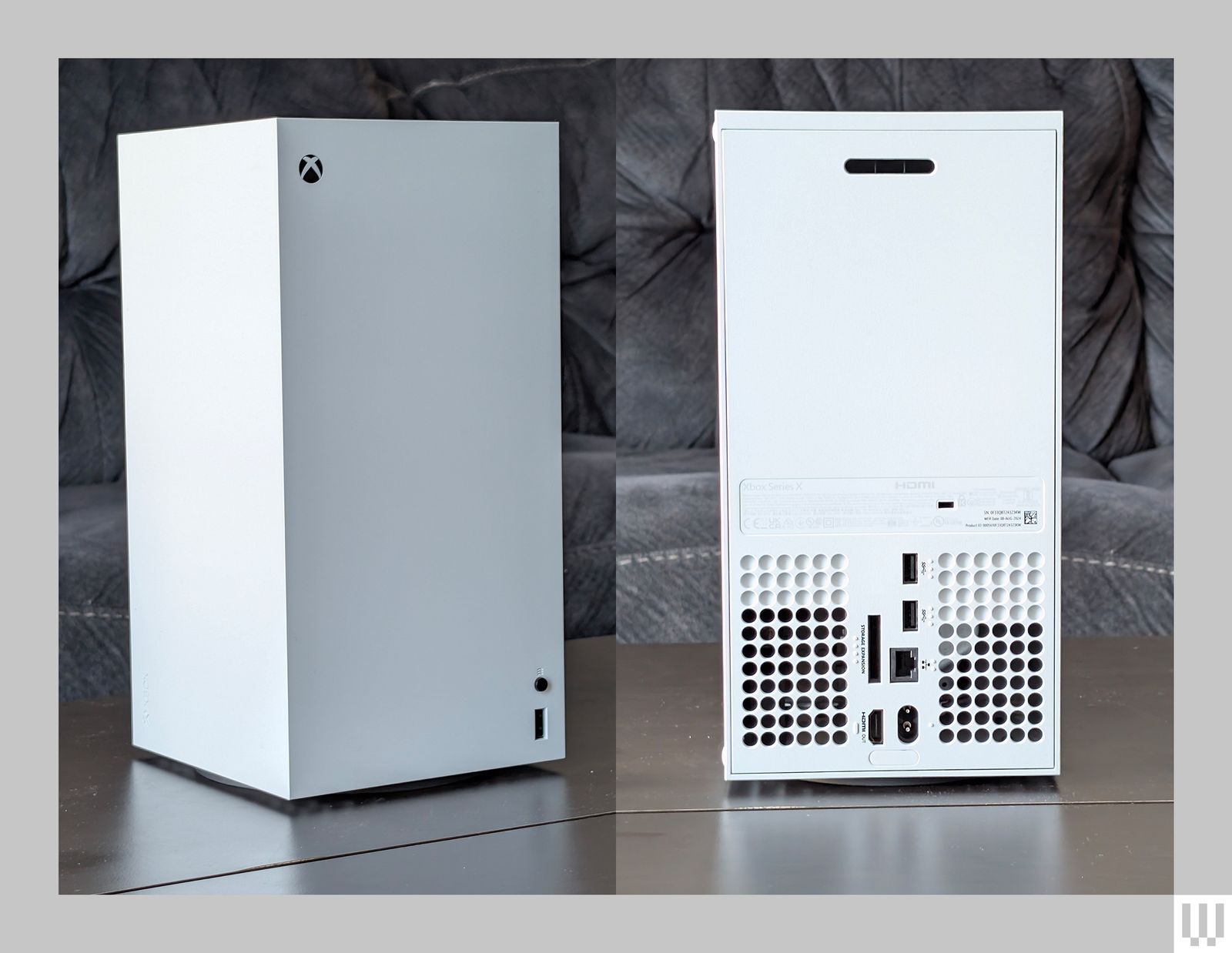 Photograph: Eric Ravenscraft
Photograph: Eric RavenscraftThe Latency Problem
Xbox Cloud Gaming still hasn’t shed its “beta” branding, and for good reason—but not the one you might think. Streaming games from the cloud has quietly become extremely doable. With a fast-enough internet connection, streaming 60 frames of HD (or even 4K) video to your laptop or phone can be a trivial task. According to data from the Federal Communications Commission, most of the United States has access to at least a 250 Mbps connection, while around 47 percent of homes have access to gigabit connections. In other words, it’s fast enough.
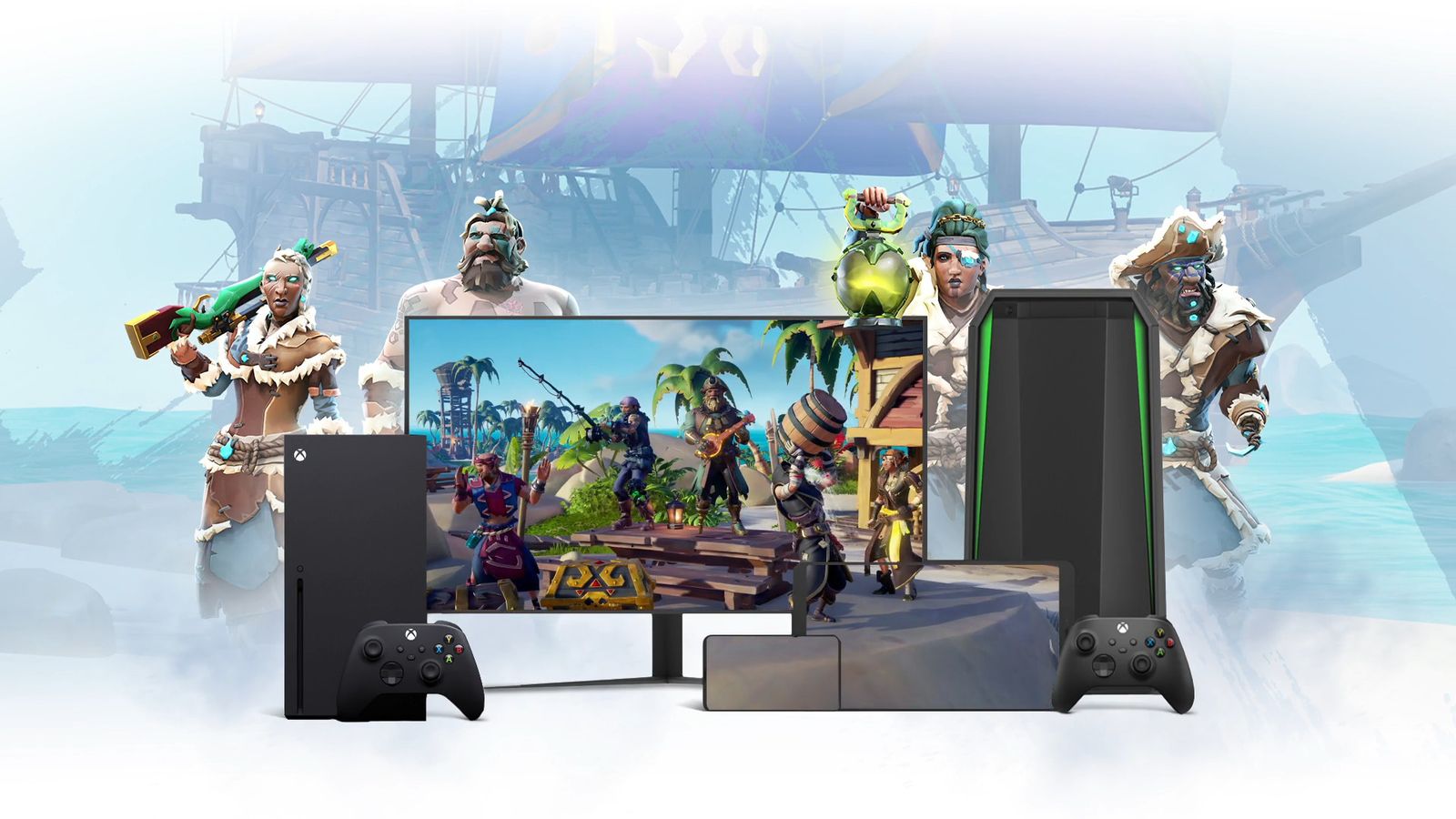 Courtesy of Xbox
Courtesy of Xbox
